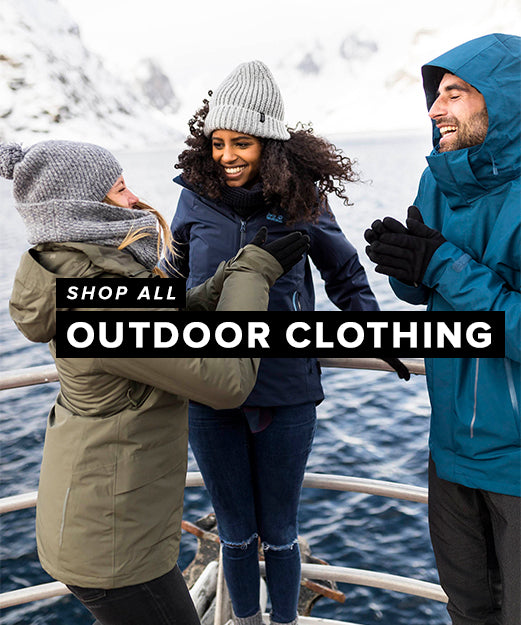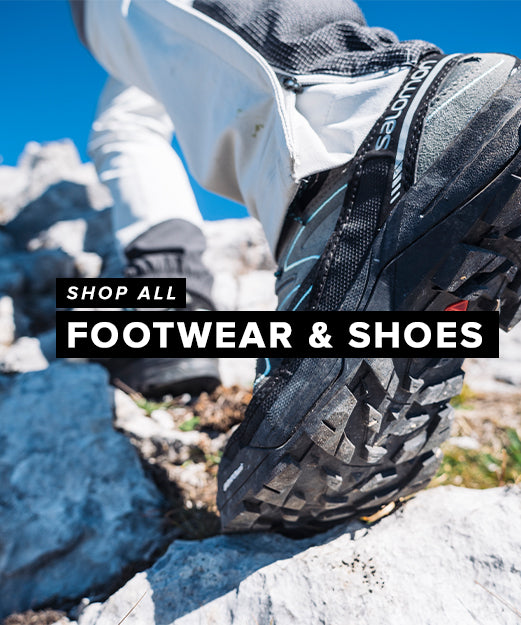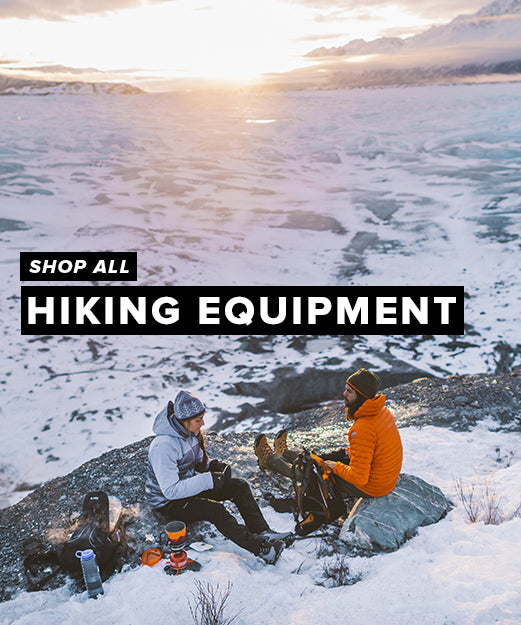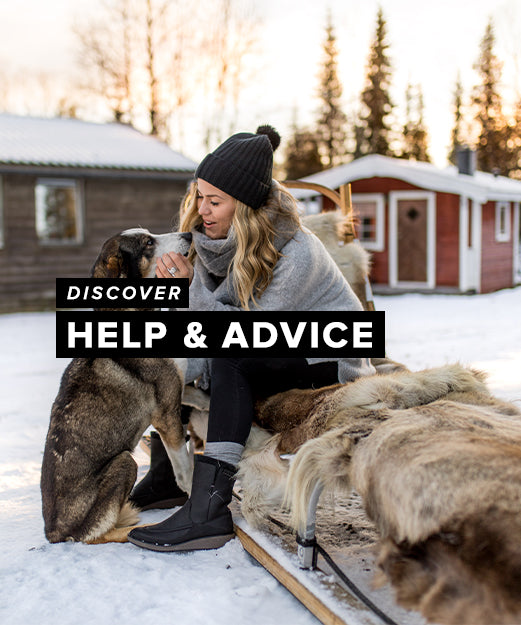Snow Blindness - What is it and how to avoid it
Snow blindness is the temporary loss of vision due to strong ultraviolet light burning small blisters on the unprotected areas of the eye, usually the corneas and conjunctivas. The rays are multiplied when reflected off white surfaces, like snow, resulting in symptoms such as blood shot or teary eyes, photo-phobia or swelling around the eyes. More serious cases result in snow blindness.
Usually, snow blindness is experienced by mountain climbers or explorers in the arctic. The risk is always greater in high altitude areas, where it is easier to get sunburned due to stronger UV rays. However, snow blindness can occur in other instances as well.
Snow reflects up to around 80 per cent of sunlight. This amount can increase further in higher altitudes. Studies have also shown that walking on a beach in areas of strong sunlight can also be harmful to the eyes. Sand reflects roughly 25 per cent of sunlight, while looking into the surf increases the intensity and can be even more damaging to the eyes.
Snow blindness is not only a risk outdoors, it can occur in an indoor environment as well. Areas that may have extremely bright light can cause symptoms of snow blindness. This includes places like tanning beds in salons or from items like halogen lamps or welding arcs.
The effects of snow blindness are temporary, usually anywhere from 12 to 48 hours. The obvious way to protect against it is to wear something that covers your eyes. Dark sunglasses are recommended for a beach or similar outdoor environment. In areas of greater risk, it would be wise to have some goggles handy or polarised sunglasses with side protectors for full coverage. In tanning salons there are specialised goggles that provide protection from harmful rays.
While clouds do block a certain amount of UV light from reaching the surface, an overcast sky does not necessarily mean you are safe from snow blindness. Research shows that particularly thick clouds can cause a phenomenon called the ‘broken cloud effect’ that can raise surface UV exposure by 25 per cent. There is no clear answer as to why this occurs, still, it is safe to assume that UV rays on cloudy days can be just as harmful as they are on sunny days, if not more so.
It’s not fun to think about snow blindness, especially if you’re on a trip to the beach or the snow. However, it shouldn’t stop you from having fun. Just make sure to cover up.
 NEW!! Free UK Delivery
NEW!! Free UK Delivery Hassle-Free Returns
Hassle-Free Returns Clearpay
Clearpay









